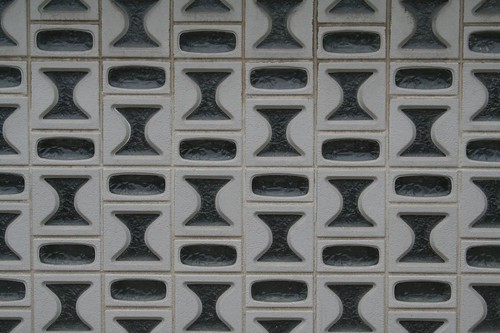
Intaglio glass blocks are the little cousins of the Sculpted Glass Module. Manufacturer Pittsburgh Corning described them in a 1960s catalog as "all-glass units in four distinct patterns featuring a recessed antiqued glass area...outlined with textured gray-colored frit fused into the surface of the glass unit itself" which could be used "to produce dimensional walls with strong textural effects...combining dramatic surface patterns with the richness and beauty of light."

The catalog photo shows the 6 available models - 2 blank infills and four standard patterns.
And Chicago designers loved 'em. Not quite as much as the Sculptured Glass Modules, but still quite a bit.
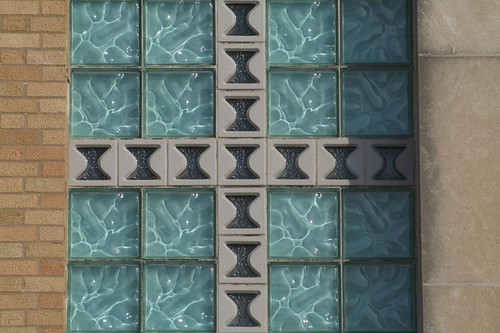
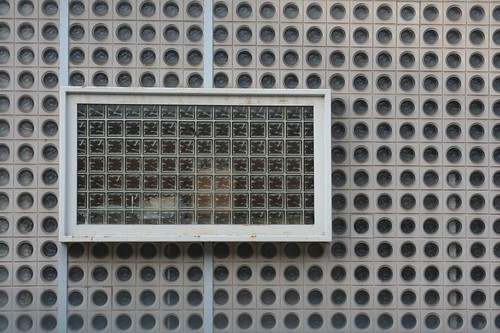
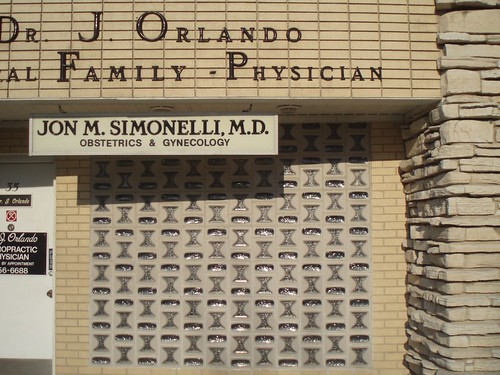

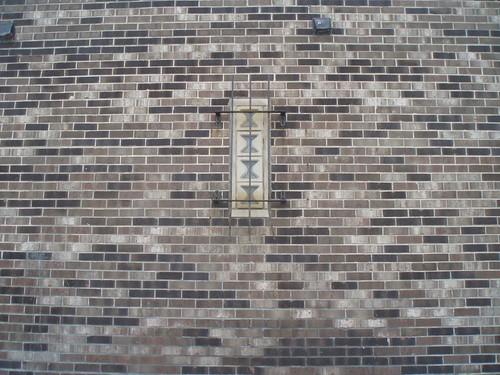
They even came in totally clear versions, apparently. This three flat near Bryn Mawr and California is the only instance I've found so far.
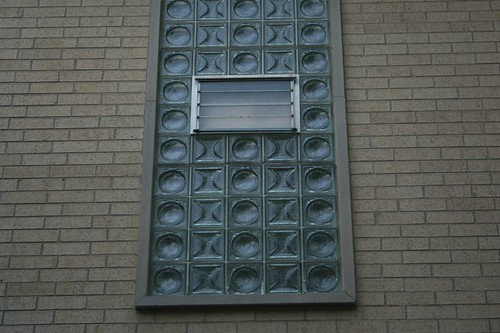
Their distinctive appearance made them a great advertisement for the local glass block distributors; both the Hardy Glass Block Company and Imperial Glass Block used them in the design of their buildings.
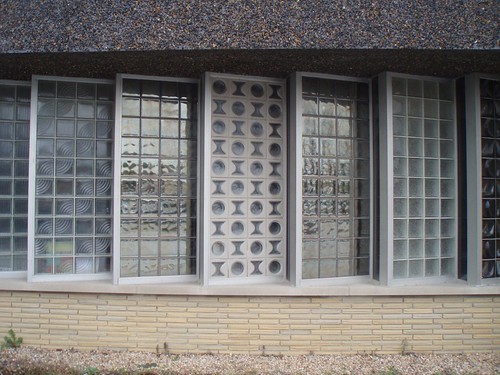
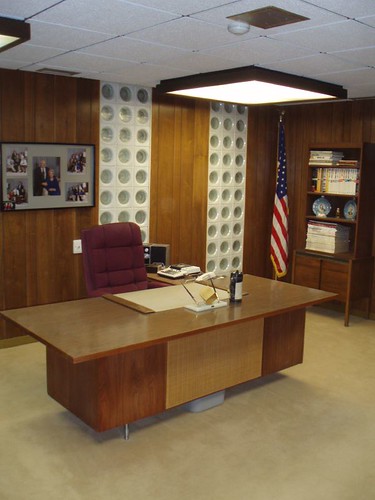
Intaglio blocks could really let a designer go nuts, if he was so inclined.
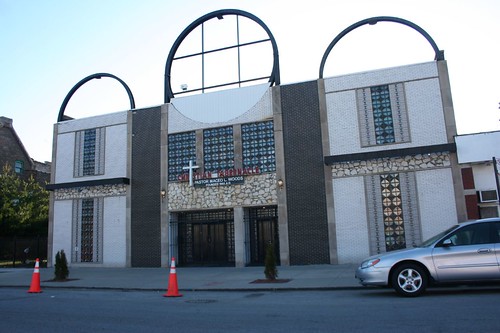
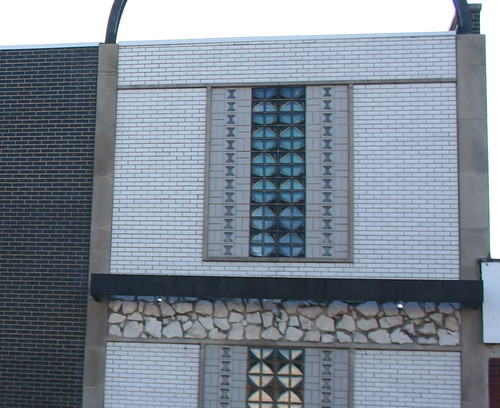
Or they could be used in a more subdued fashion, as with the Swiss Valley Dairy Products building on western Chicago Avenue:
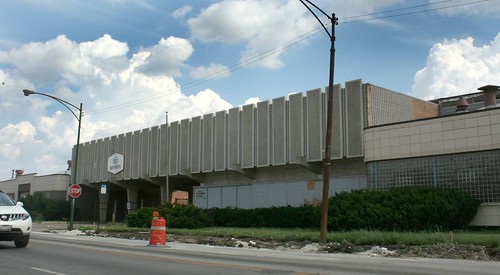
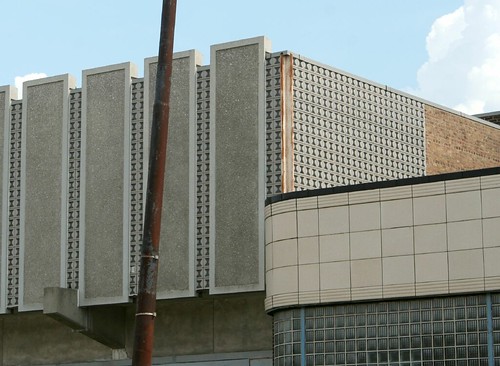

Intaglios, for whatever reason, aren't as regionally restricted as the glass module blocks; I've seen them in Davenport, Iowa and in Hoboken, New Jersey. And my friends Michael and Lynn located a most impressive example in Trenton, IL.
1 comment:
Sorry to be 'Seinfeldian,' but "what's the deal with the use of these blocks on the front facades of doctor's offices during the 60s/70s!?!?!"
I got to remodel an old orthopedics clinic, where the waiting room windows had been infilled with these blocks. It gave me the impression that something deeply mortifying was going on. In reality, people with bad backs and bum knees were being treated there, but from the "concrete bars" formed by the concrete and the visual obscuring caused by the glass, you'd think that people were being treated there had to be hidden from view.
We ripped them out and filled the openings with simple aluminum storefront windows, so that people on the sidewalk can see that happy, nice things are happening inside.
I do have to say that I really like the square/circle units, though. They seem to be the "poor man's" version of the glass block used on the Chareau/Bijvoet Maison de Verre in Paris. For anyone who hasn't seen it, the addition put on the back of the Alliance Francaise at Chicago and Dearborn evokes the glass block facades of the Maison de Verre. It's tough to get a good view, but you can get a glimpse of it from the alley...
Post a Comment